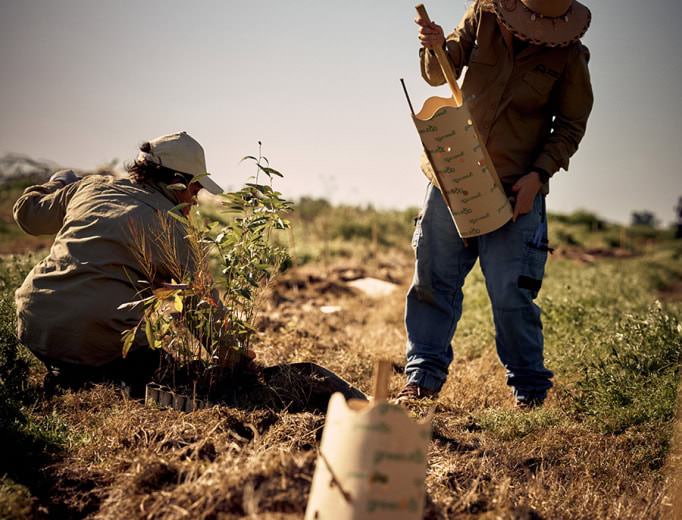Media Centre
The latest news and announcements from Landcare Australia.
For media enquiries and interview requests, please contact:
Melissa Higgins
Marketing and Communications Director
Landcare Australia
[email protected]
Millie Webber
Communications & PR Manager
Landcare Australia
[email protected]
Eleanor Slade
Communications & PR Manager
Landcare Australia
[email protected]
Media Enquiries
Please complete your details
Fields marked * are required
Media Releases

Supporting Australian farmers to improve biodiversity: Climate Fund and Landcare Australia support landholders to improve nature
Following a $200,000 Country Road Climate Fund grant, Landcare Australia has successfully launched an online toolkit to support Australian farmers in navigating the

Extra funding to boost tree planting to grow greener, healthier cities across Australia
More Australian cities are set to get greener with the announcement of an additional round of funding under the extended 2024 Bupa Landcare

Local winners announced at the Western Australian Landcare Awards
Winners for the Western Australian Landcare Awards have been proudly announced, recognising the outstanding contributions by locals to the state’s environment and community.

Local winners announced at the South Australian Landcare Awards ceremony
Winners for the South Australian Landcare Awards at the Port Augusta Cultural Centre, have been proudly announced, recognising the outstanding contributions by locals

Local winners announced at the Tasmanian Landcare Awards ceremony
Wednesday 15th May 2024|Winners for the Tasmania Landcare Awards at Government House Tasmania, have been proudly announced, recognising the outstanding contributions from locals

Local winners announced at the NT Landcare Awards ceremony
28 May 2024 | Winners for the NT Landcare Awards at the Government House, Northern Territory, have been proudly announced, recognising the outstanding
News

Walking Together Through Working Together
The Harden Murrumburrah Landcare Group and Young Local Aboriginal Lands Council have worked together on a Local Land Services funded restoration grant to

Healthy Rivers flow with biodiversity benefits for threatened species
Over the last three years, Landcare Australia has managed a large-scale landscape restoration project with funding from the Australian Government in partnership with

Landcare Australia and Country Road expand $1Million Biodiversity Project with new farming family to support habitats and threatened species
Landcare Australia, in its ongoing partnership with Country Road, is expanding The Biodiversity Project, which has already received $1 million in funding to

Landcare Australia Funds First Nations-Led Project for Youth to Connect with Culture through Caring for Country
Landcare Australia is proud to partner with Point Pearce Aboriginal Corporation in establishing a First Nations community-led conservation and education project. Located in

Landcare Australia Response to the AAP Article September 2023
Landcare Australia is referenced in a recent media article and is disappointed in its content. We wish to restate what we do to

Apply for Climate-Smart Agriculture grants to support Aussie farmers
The Australian Government is helping the agriculture sector respond to climate challenges through the $302.1 million Climate-Smart Agriculture Program, funded through the Natural
Publications
Landcare Australia publishes newsletters and magazines to keep landcarers informed about landcare grants, education resources, case studies, project updates, events, campaigns, partnerships, new programs and much more! We welcome content submissions to our publications and other communications channels, sharing your landcare story is a great way to spread the word of the impact you are making in your community.
Research
Landcare Australia works with universities and research bodies
along with the landcare community on research projects that provide informed advice and data to help restore landscapes, improve biodiversity and build community resilience.